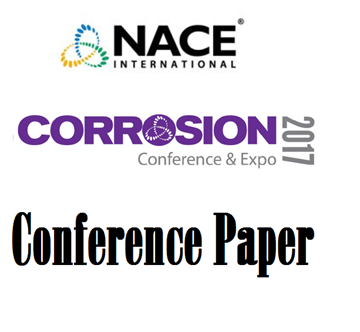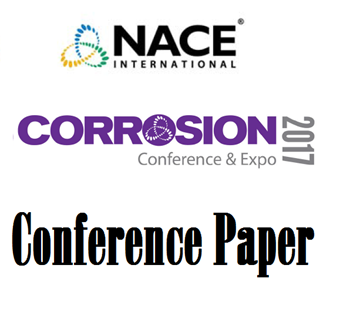Search
Products tagged with 'mass loss'
View as
Sort by
Display
per page
51317--9735-Corrosion Risk Assessment Through Dynamic Environmental Monitoring on Board a Naval Ship
Product Number:
51317--9735-SG
ISBN:
9735 2017 CP
Publication Date:
2017
$20.00
A Comparative Assessment of Environmental Severity Monitoring Techniques
Product Number:
51323-18887-SG
Publication Date:
2023
$20.00
Atmospheric Corrosion in the Laboratory and the Role of Mass Loss Coupons in Test Monitoring
Product Number:
51317--9125-SG
ISBN:
9125 2017 CP
Publication Date:
2017
$20.00
Correlation Studies between Outdoor Exposure and Accelerated Laboratory Corrosion Tests in Cold Alaskan Climate
Product Number:
51323-19384-SG
Publication Date:
2023
$20.00
Environmental Exposure Profiles for Atmospheric Corrosion
Product Number:
51323-19416-SG
Publication Date:
2023
$20.00





